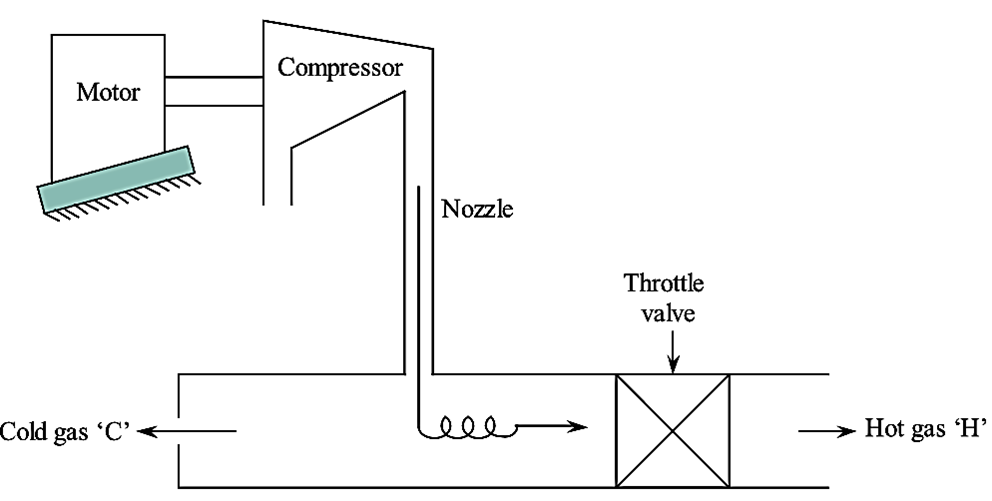
Figure 1: Vortex Tube Refrigeration System
Vortex tube refrigeration System is employed for producing both cooling and heating effects. It comprises of compressor, nozzle, throttle valve and pipe. In this type of system, the nozzle is tangentially fitted to the pipe’s inner surface at one end, while the other end is attached to the compressor. Likewise, one end of the tube is connected to throttle valve and the other end is kept open, as shown in figure 1. A swirl motion is created inside the tube when the compressed air expands through the nozzle. This compressed air moves as a free vortex towards the valve.
Thus, a stagnation point is formed when the kinetic energy is converted into potential energy, on reaching the air near the valve end. Due to high stagnation pressure when compared to nozzle pressure, flow takes place in reverse direction. As a result, reversed vortex flow gets rotated by coming in contact with forward moving free vortex. Cooled air leaves through the passage ‘C’ and hot air passes through ‘H’. Hence, vortex flow simultaneously produces cooling and heating at either sides of the tube. In this, the energy supplied from outer surface of tube during forced vortex flow is negligible when compared with pumping of energy from the inner surface to outer surface. This is due to the mixing of turbulence in the centrifugal flow region.
Advantages of Vortex Tube Refrigeration Systems
- In vortex tube system, there is a complete elimination of moving parts.
- This type of refrigeration system is simple in design and also prevents control systems.
- As air is acting as a refrigerant, there will be no leakage problem.
- It requires less space and is light in weight.
- Capital and production costs are less.
- In this system, compressed air is readily available.
- Simple in maintenance and expert attendant is not required.